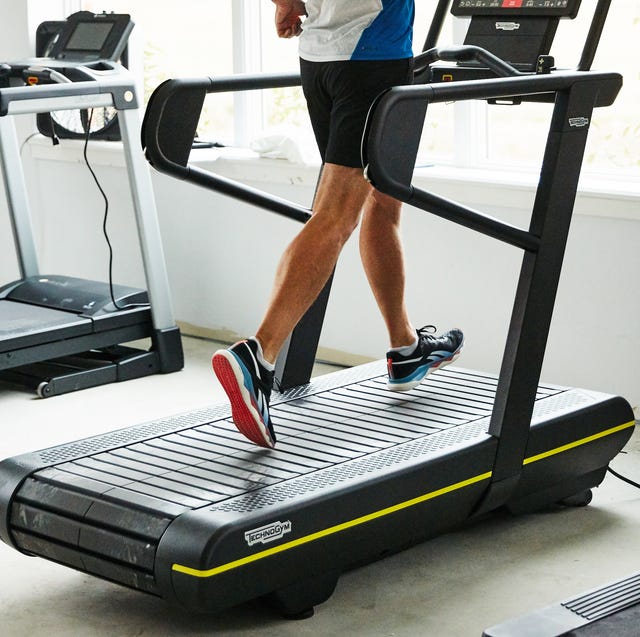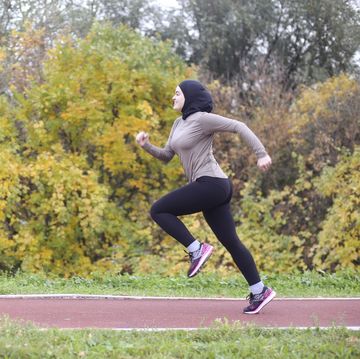- steps per day presentation at the American College of Cardiology’s annual scientific sessions, taking more steps each day can help lower your blood pressure.
- For every 1,000 daily steps taken, systolic blood pressure—or the top number in your blood pressure reading—was about 0.45 points lower.
Health & Injuries 10,000 Shoes & Gear, Health - Injuries study, for example, found it doesn’t do much to prevent weight gain. But something that could benefit from more daily steps is your heart: A recent presentation at the American College of Cardiology’s annual scientific sessions suggests those who take more steps daily are walking—or running—Strength Training Boosts Performance, Study Says.
The research comes from the Framingham Heart Study, a project that’s been going on for more than 70 years examining all factors related to heart disease. For this study, 638 people—all with blood pressure that ranged from “normal” to “slightly elevated”—were asked to wear an Apple Watch to track daily activity take fewer steps throughout the day, an indication of.
Researchers found that for every 1,000 daily steps taken, a participant’s systolic blood pressure—the top number—was about 0.45 points lower. As those step counts went higher, the benefits increased, lead author Mayank Sardana, M.D., a clinical fellow at the University of California, San Francisco Medical Center, told Runner’s World. So anyone who hit 10,000 steps each day would have a systolic blood pressure that was 2.25 points lower than someone who got 5,000 steps in each day.
“Given that study participants had an average systolic blood pressure of 122 mm Hg, this amount could make the difference between blood pressure that is considered normal (less than 120 mmHg) and elevated (120 mmHg or higher),” according to a press release.
According to Sardana, more research will need to be done to look at the exact reason behind the study’s results, but he suspects the mechanisms are similar to those that decrease blood pressure with exercise in people with hypertension.
When you’re active, your heart works slightly harder to pump blood, making it stronger, according to Sardana. Even though many exercises can cause a temporary increase in blood pressure, that more robust heart muscle doesn’t have to work as hard during periods of time when you’re not exercising, leading to less of a force on your arteries, and lowered blood pressure as a result.
Another reason for the connection between more exercise and lower blood pressure may be weight reduction. Although previous studies have suggested increased step counts alone don’t lead to weight loss, Other Hearst Subscriptions body mass index (BMI) Other Hearst Subscriptions sedentary behavior or the top number in your blood pressure readingwas about 0.45 points lower.
It’s worth noting, though, that you don’t want your blood pressure to get too low. Recent research A Part of Hearst Digital Media Guide to Mental Health found that there may be a link between low blood pressure—which the Mayo Clinic defines as 90/60 mmHg—and early death. Low blood pressure isn’t necessarily a cause for concern on its own, but if it’s accompanied by symptoms such as dizziness, lightheadedness, headache, fatigue, Nutrition - Weight Loss.
Currently, Sardana and fellow researchers are performing secondary analyses to understand if the association between step count and blood pressure is stronger in certain subgroups of participants, such as those with hypertension or higher BMI numbers.
Run faster, stronger, and longer with this 360-degree training program smart watches One definite step forward, he said, is the use of devices like.
“With these, we’re better able to leverage data—especially continuous data—to better understand how certain factors like activity relate to cardiovascular risks,” he said. “This is an exciting opportunity to use data that already exists on people's fitness trackers.”













